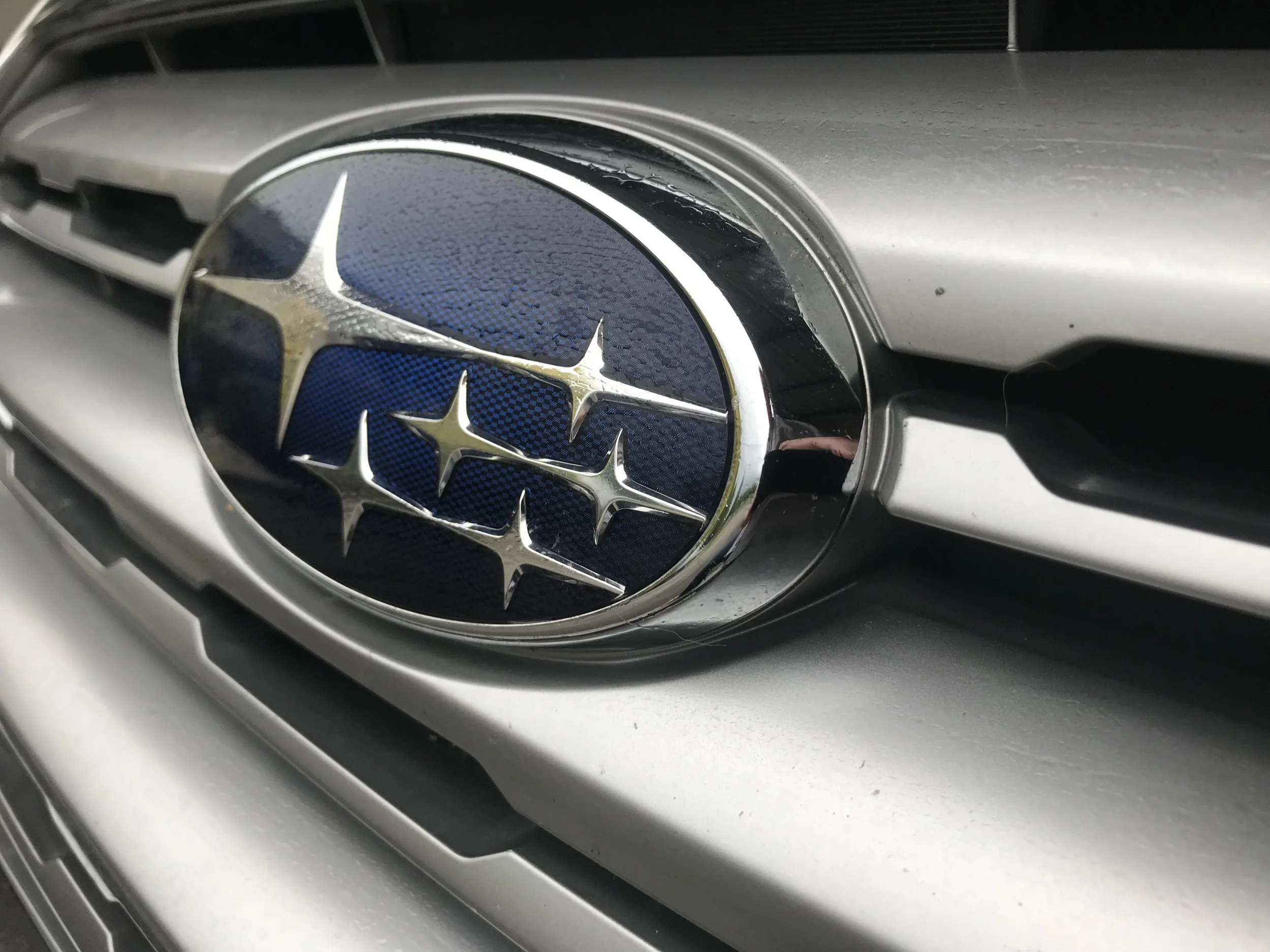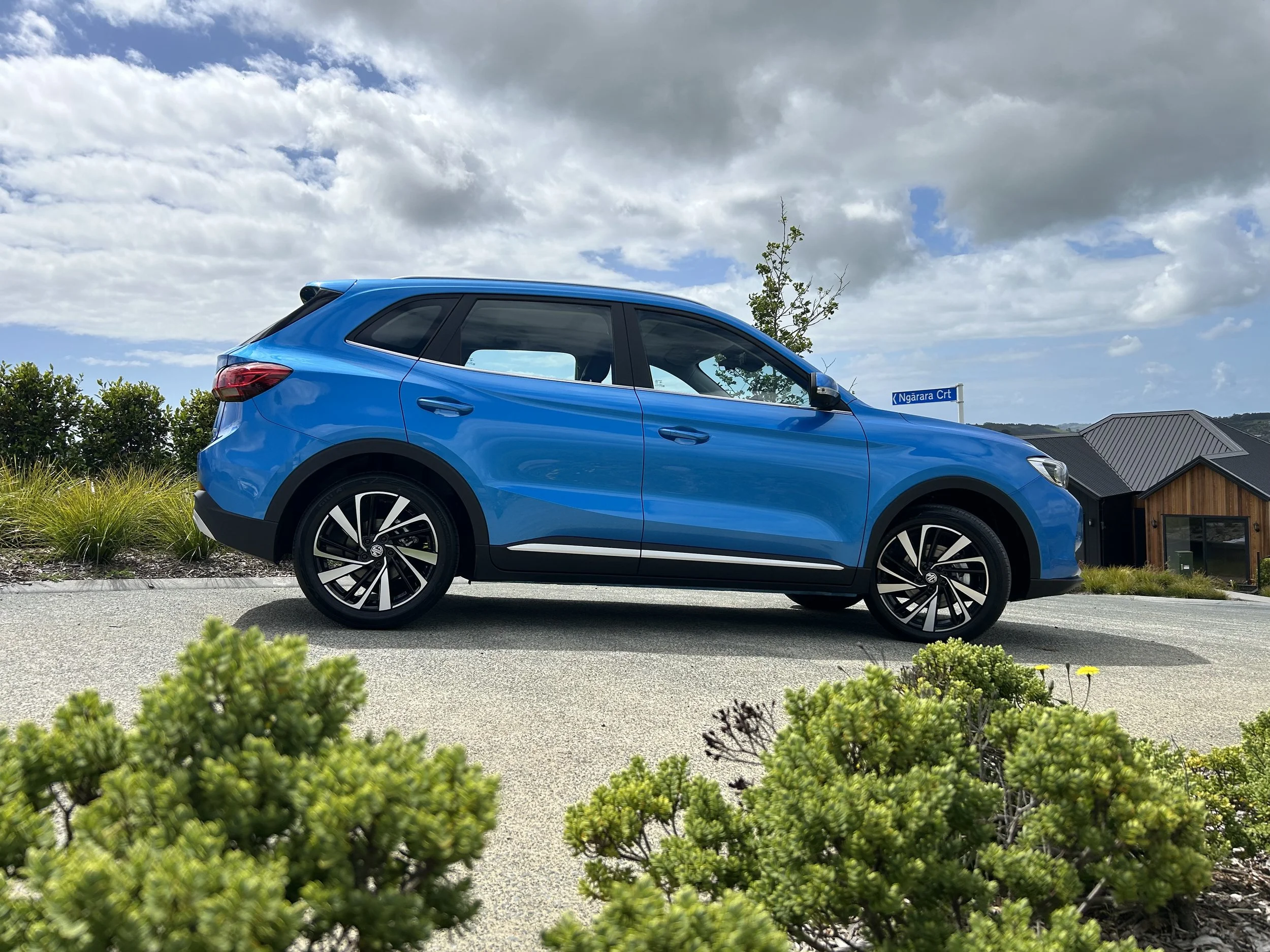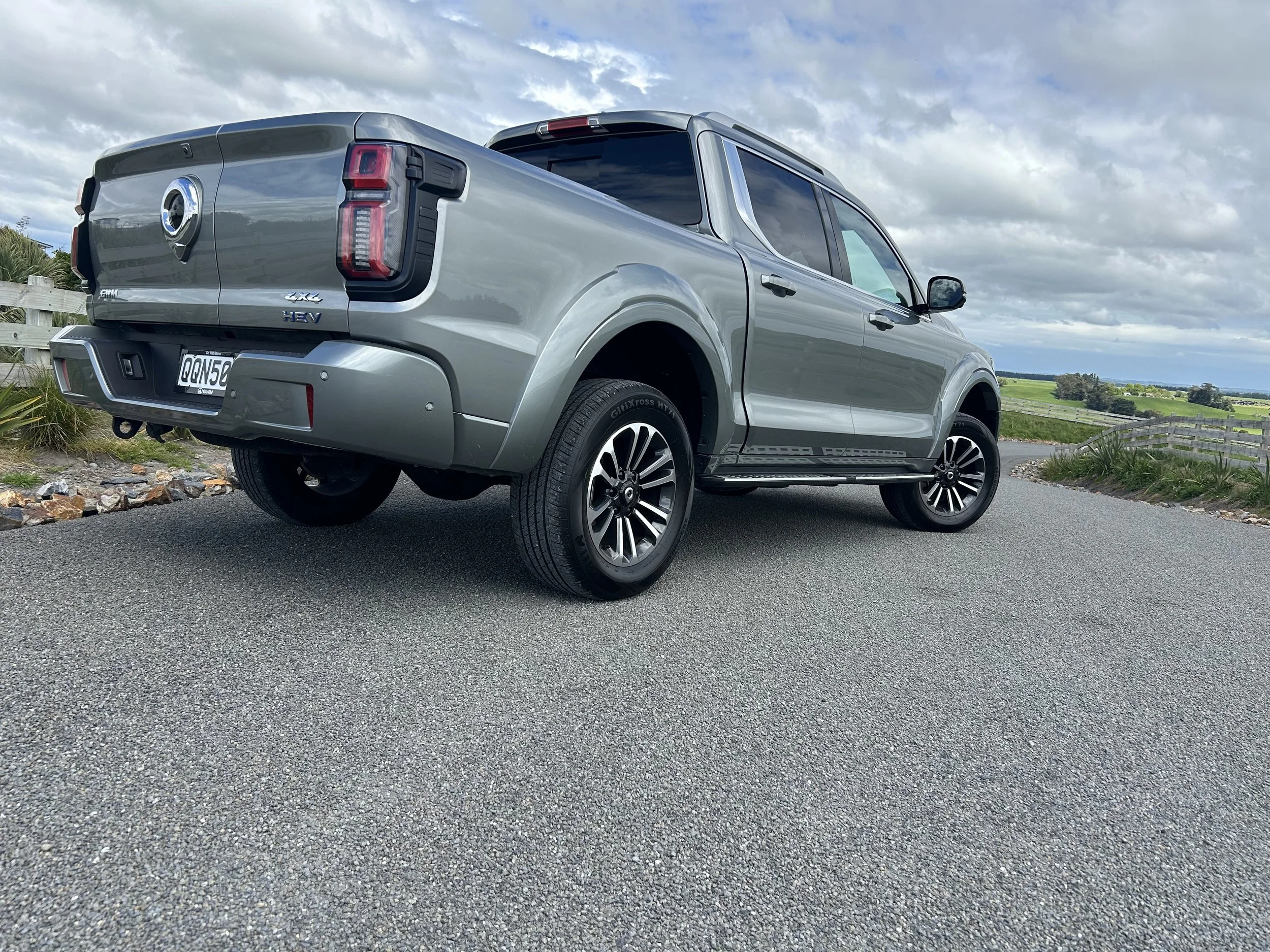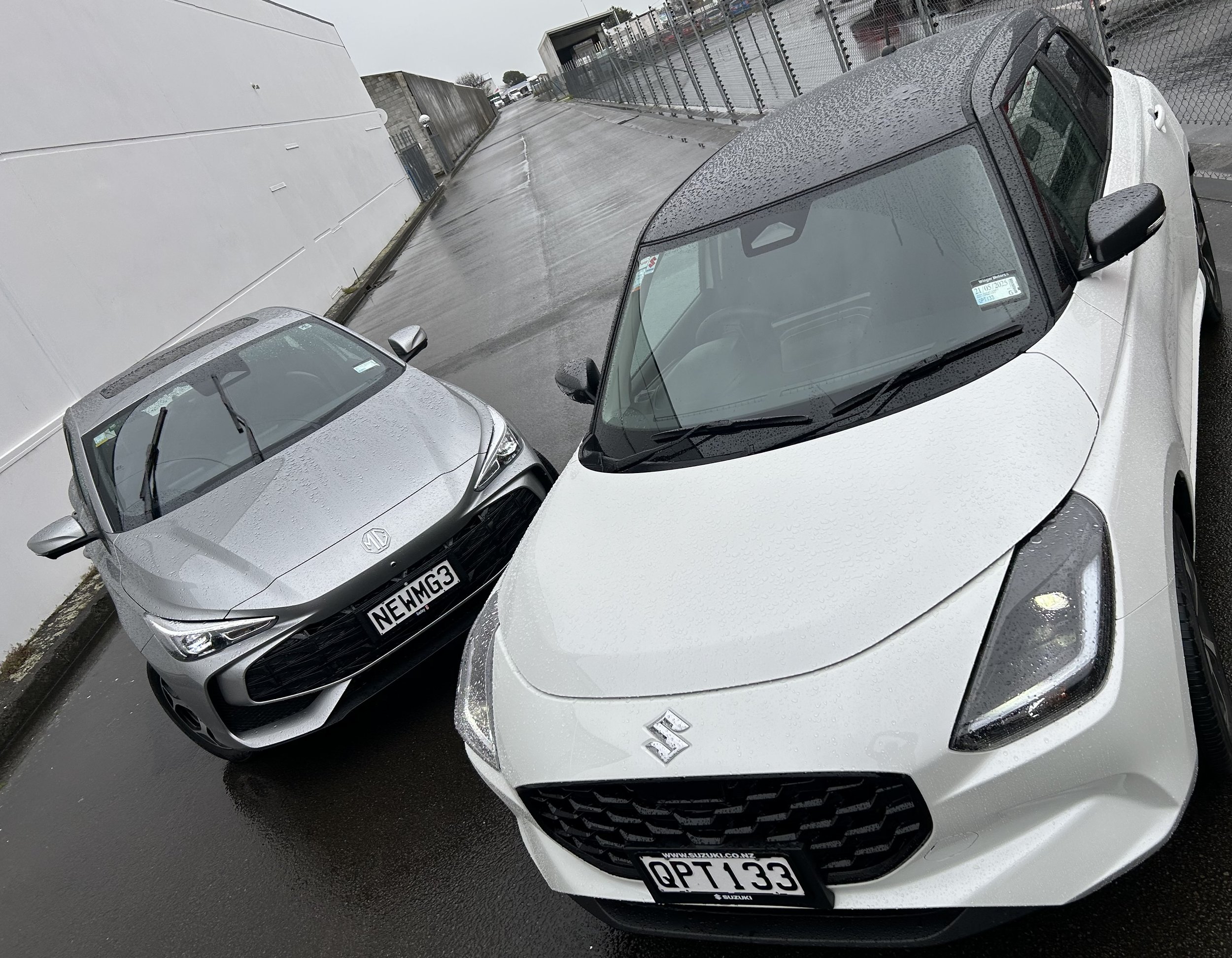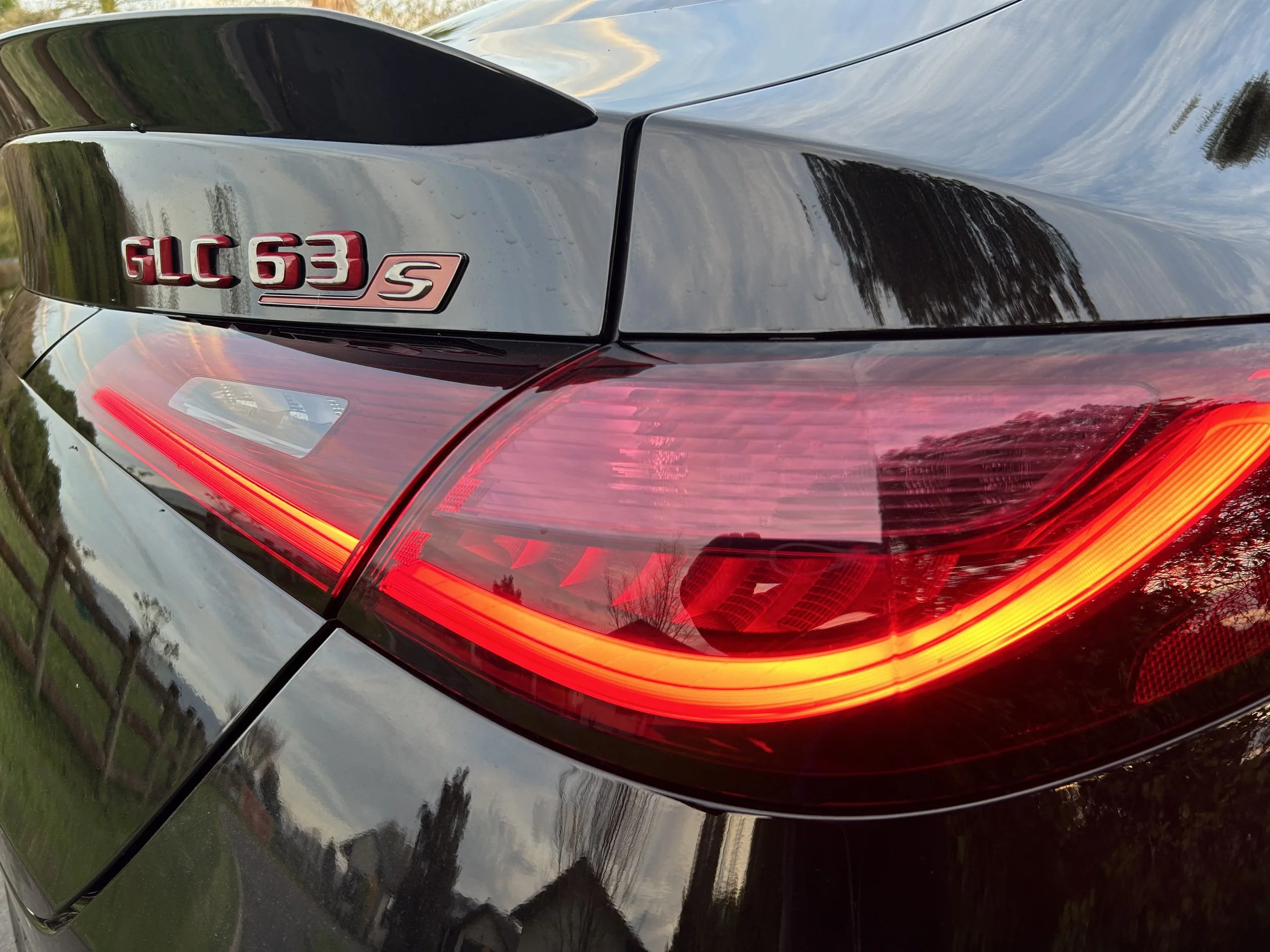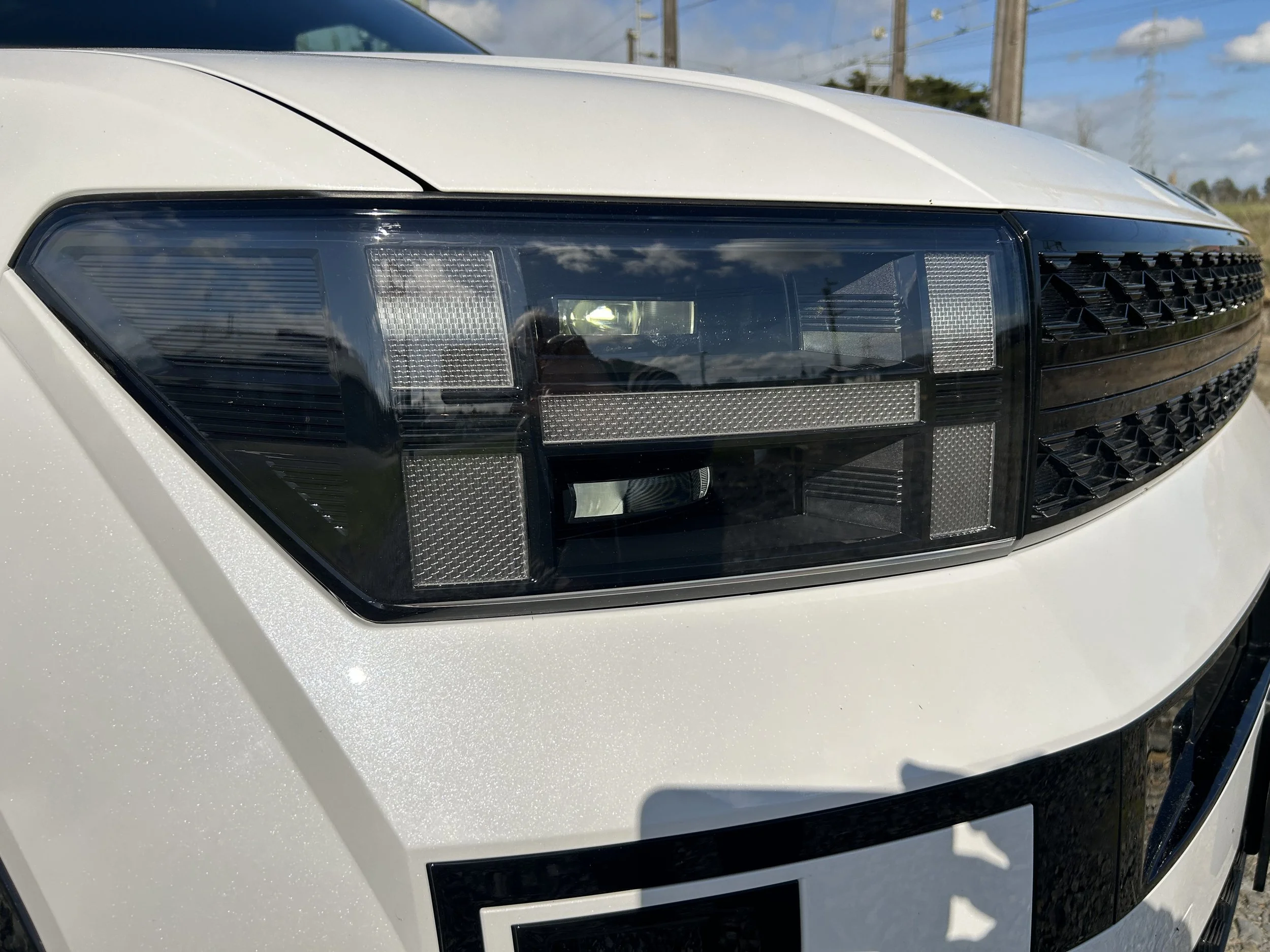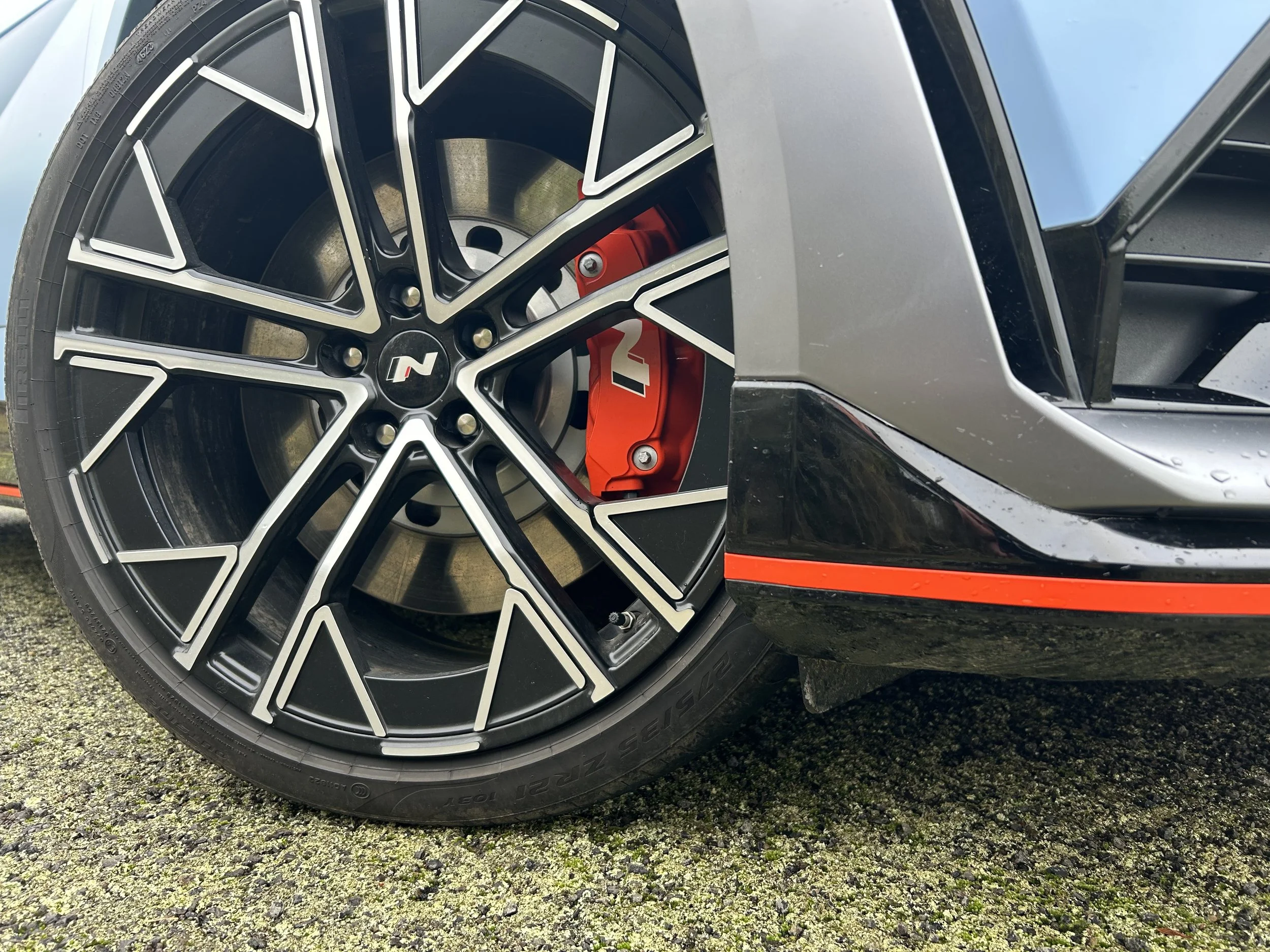Still, many questions remain. Is Subaru already behind the times with a drivetrain that others in the car-making game are treating as a sunset tech, why hasn’t the Outback also achieved this option and, gosh, when supply is set to be limited, how easy will it be to secure these models?
Here’s the outcome of a sit down with Subaru NZ managing director Wallis Dumper and marketing manager Daile Stephens.
MotoringNZ: Let’s start by exploring the sales expectation. You’ve already indicated the hybrid are in limited supply - just 20 examples a month and the first full shipment not coming until September – and also signal allocation is being managed through head office. What can customers expect from all this?
Dumper: Covid-19 created some operational disruption and yes, we needed to change the business model a little bit for this car. Our dealers only ever run on a months’ stock; we’re not like other brands. Hybrid supply is tight and, based on our research, we know we can sell every one. The last thing we want is having one or two dealers buying them all, so we have gone to an allocation system to ensure we can spread them fairly.
Stephens: Our dealers still buy the cars from us. The phase we are going through now is a pre-launch: The dealers have demonstration cars (from June 1). It’s about trying to be a responsible distributor and maintaining careful management of our inventory.
MNZ: You’ve gone on an economy drive before with diesel and that proved short-lived (2013 to 2017);. What makes this hybrid pitch any different?
Dumper: I don’t think it’s about thrift, it’s about capability and satisfying an emergent need. It’s a mild hybrid, we’re not pretending it’s anything more, but this is about evolution of the brand and we have to go that way.
Stephens: Diesel was a lot different. This (hybrid) is a clearer pathway to a more sustainable future. We were late to the diesel party anyway, it was over-priced and it was always going to be a tough ask, to be honest.
:With diesel we weren’t really set up for success where with this (hybrid) we feel we are. We feel we are priced thereabouts with many, though acknowledging that one is particularly sharp, and the return from our focus group suggests we have it right with the $5000 premium we’ve set for hybrid. We’ve had hundreds and hundreds of registrations over the last week which suggests there is a desire and hunger for hybrid. We didn’t see that around diesel. There’s a completely different feeling around this (hybrid) product that wasn’t there with diesel.
MNZ: Your Outback is a key model here and yet there’s no word on when, or if, it will go hybrid. Any news on that and how much urgency is there for that car to adopt this system?
Dumper: There’s not a lot of urgency. From what we can see the smaller style of cars are more popular as hybrid and EV types.
Stephens: Given that Outback has been one of our most commercially successful vehicles it would be awesome to have one (a hybrid variant) if that was an option. As far as we know, there’s nothing on the horizon. But something might be going on, but is being kept secret. It might go to full electric for all we know.
MNZ: The motoring world is moving fast toward electrification and, in the overall scheme of things, going hybrid is a small-scale adoption. Really, too, Subaru could be seen as a slow mover; others have had hybrid for years. So how long before it engages at a higher level?
Stephens: We (Subaru Japan) announced in February that by 2030 at least 40 percent of the models that will be available globally will be electric or hybrid. By the mid 2030s there’s another goal of applying electrification technologies to all all Subarus sold worldwide. There’s a clear pathway.
Dumper: Within a couple of years we might be able to challenge that. As for being a late adopter? Yes, we’re late at adopting part of it but we also know there are still a lot of brands that do not have what we have. Some of them are much bigger brands than ours.
MNZ: Given that this is an adoption of Toyota technology, are the brand’s fortunes in this regard tied to Toyota’s own programmes?
Dumper: It’s not Toyota technology. Our engineers in Japan are adamant that it is our own. The manufacturer also makes product for Toyota and, yes, Toyota has shareholding in Subaru and, yes, there is product sharing. And they are both self-generating. But ours is quite different. Look at what they do with Lexus, it’s not the same.





















